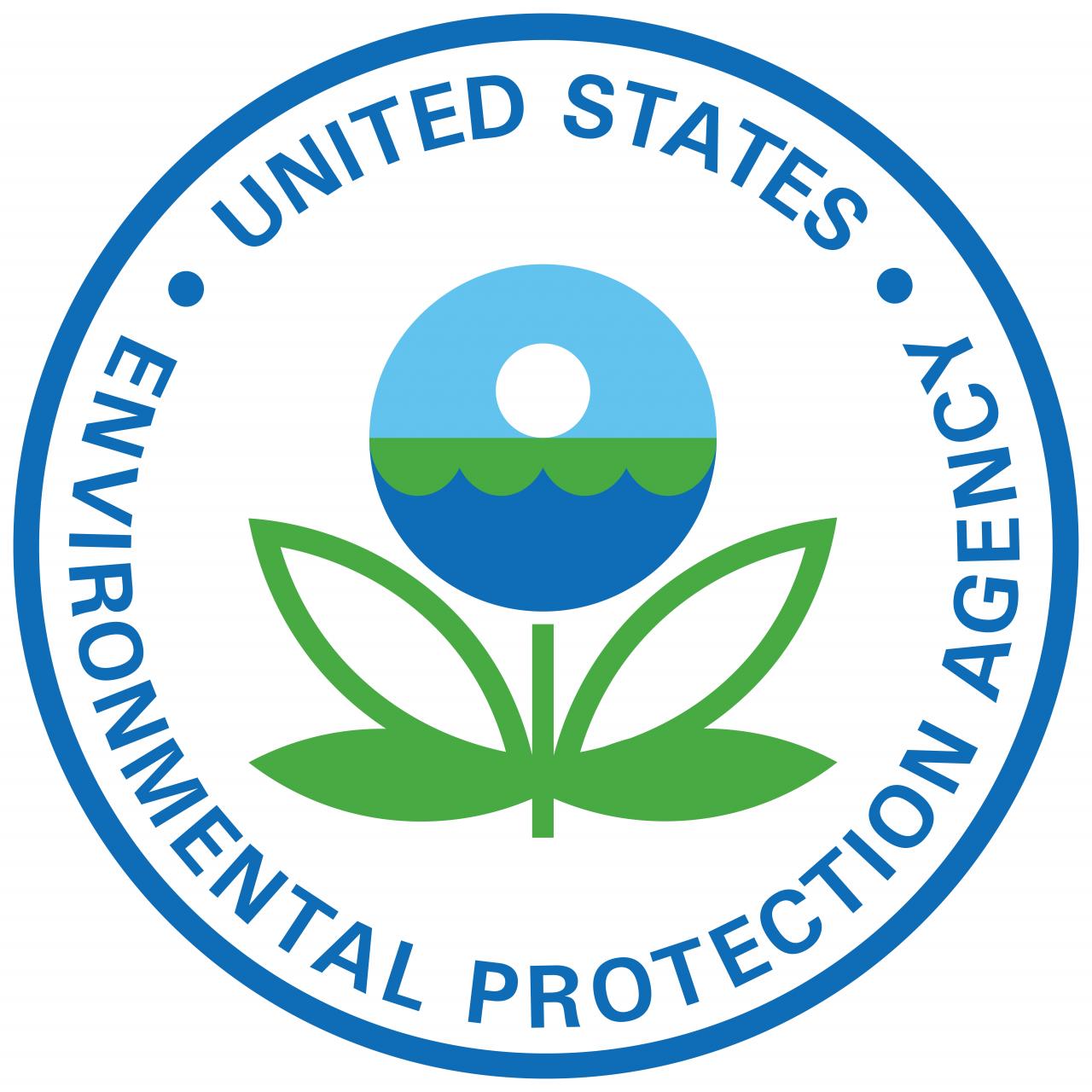September 9, 2016 Updated 9/9/2016
Email Print

Washington — The U.S. Environmental Protection Agency is proposing to add the Saint-Gobain Performance Plastics Corp. site in the New York village of Hoosick Falls to its list of the country’s most hazardous waste sites.
The Superfund designation would allow federal resources to be used to help clean up areas in the village contaminated with chemicals that polluted public and private water supplies. Adding the site to the Superfund list would also mean the federal government could simultaneously seek reimbursement and assistance from any companies found responsible for the pollution. The program operates on the principle that polluters should be responsible for cleanup, not U.S. taxpayers.
“By placing this site on the federal Superfund list, the EPA will continue to work hard to address the contamination at the source, and hold the polluters accountable for the full cost of cleanup,” said Judith Enck, EPA Regional Administrator, in a Sept. 7 announcement.
The groundwater supply in Hoosick Falls is contaminated with perfluorooctanoic acid as well as vinyl chloride and dichloroethylene.
EPA considers PFOA a potential carcinogen. In 2006, it reached agreement with the eight largest U.S. PFOA makers to phase out the chemical by 2015. In 2009, EPA set a safety threshold of 400 parts per trillion for short-term PFOA exposure. Tests from 2015 found water from the Hoosick Falls municipal system had levels as high as 600 ppt and groundwater tests from underneath the factory itself found levels as high as 17,000 ppt, according to lab results.
The facility was built in 1961, and has been used to manufacture circuit board laminates, polytetrafluoroethylene-coated fiberglass and other PTFE products. In 1999, Saint-Gobain Performance Plastics purchased the facility from Honeywell International Inc. and began operations there, using PFOA in its manufacture of high-performance tapes, foams and membranes.
The Superfund designation process begins with a 60-day public comment period, which concludes Nov. 10. Comments can be submitted via mail, email and the EPA website. A decision is expected on the site’s listing by the end of the year.
The Hoosick Falls site was listed in the New York State program of the same name in January, and it was New York State officials who nominated the site for federal Superfund designation. An EPA spokesperson said the agency sometimes coordinates with state programs on investigations, but it is not discussing possible coordination on Hoosick Falls at this time.
Saint-Gobain already is spending more than $ 3 million on water filtration in Hoosick Falls, including $ 300,000 for a temporary system installed in the spring and $ 2.5 million for a permanent upgrade. The company also supplied bottled water to residents for months earlier this year, though state health officials said March 30 that the temporary filters had removed PFOA to non-detectable levels and the water was safe to use.
The company’s PFOA problems could reach well outside the boundaries of the village of 3,000, 30 miles northeast of Albany, near the New York-Vermont border, with complaints extending outside New York’s state borders.
A class-action lawsuit filed in May accuses Saint-Gobain and previous owners of a North Bennington, Vt., factory of negligence in discharging PFOA into the environment and seeks more than $ 5 million in damages. And the New Hampshire Department of Environmental Services in April said the company is could be responsible for more PFOA cleanup near its Merrimack factory.






























